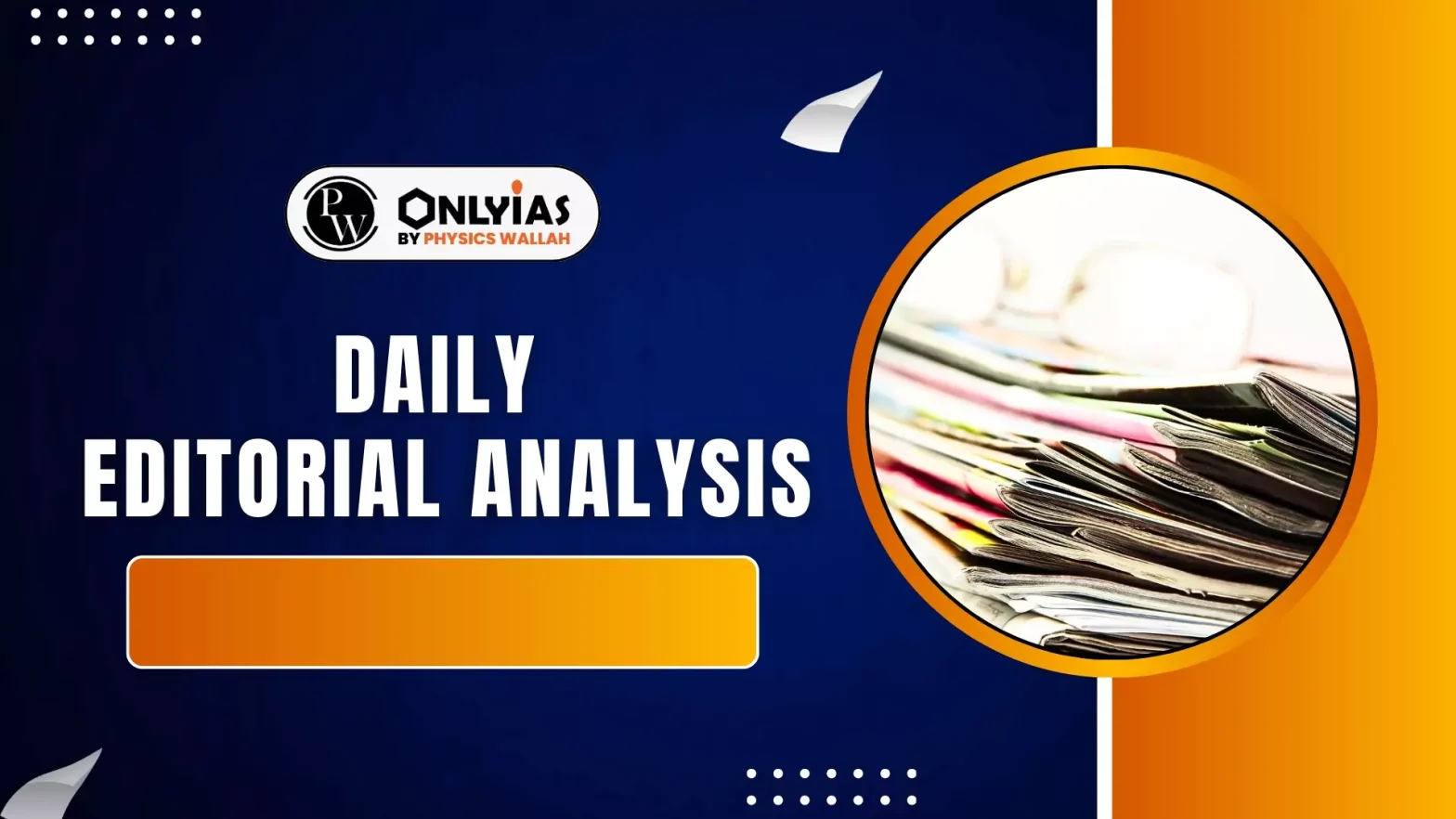The Supreme Court directed civic bodies to remove all stray dogs from the streets in Delhi-NCR within eight weeks, thereafter, housing them in dog shelters in the Capital, but activists say the order violates the Animal Birth Control Rules, 2013, and risks public health setbacks.
- The escalating human-animal conflict is a critical issue and the apex court’s order is in the public interest and comes in the backdrop of rabies and dog bite cases, which are on the rise.
Philosophical Underpinnings
- At its core, the conflict highlights a fundamental ethical choice: whether humanity protects or abandons voiceless beings.
- Drawing lessons from the Mahabharata, the protection of vulnerable and loyal creatures is presented as a righteous duty.
- This principle underscores a moral imperative for humans to act as guardians of the natural world.
Core Problem
- The rapid human population growth and the relentless expansion of cities directly lead to the destruction of animal habitats.
- Humans are increasingly encroaching upon areas traditionally inhabited by animals.
- This displacement forces wildlife, including domestic animals like stray dogs, into human-dominated spaces, causing friction and inconvenience.
- India’s situation remains alarming: 35% of global rabies deaths occur in India, with 97% caused by dog bites, and 75% of these attributed to stray dogs.
Judicial pronouncements in Stray Dog Management
- 2024 Supreme Court Verdict and Animal Birth Control (ABC) Rules 2023: In September 2024, the Supreme Court dismissed a petition seeking the removal of stray dogs, asserting they are not an inherent hazard.
- The Court mandated adherence to the Animal Birth Control (ABC) Rules 2023 framed under the Prevention of Cruelty to Animals Act, 1960,.
- These rules stipulate that stray dogs should be sterilised and vaccinated to control their population and prevent rabies, and then returned to their original territories.
- Permanent removal is allowed only for rabid or aggressive dogs, and even then, civic bodies must follow set procedures
- This approach is based on the understanding that removing dogs from an area is ineffective, as new stray dogs or other animals, pests, quickly fill the vacant niche disturbing the ecological balance.
- 2025 Supreme Court Judgment: A subsequent judgment on 11 August 2025, concerning Delhi-NCR, marked a significant shift.
- This ruling ordered the capture, caging, and sheltering of all stray dogs, a more extreme directive compared to the previous year’s emphasis on ABC rules.
Arguments Against the 2025 Verdict
- Effectiveness of Mass Vaccination: Mass dog vaccination is the most effective and economical method to control rabies, which is transmitted primarily through dog bites.
- Examples: Bangladesh and Tanzania demonstrate a significant reduction in rabies-related deaths due to large-scale dog vaccination programmes.
- Simply culling or relocating dogs is ineffective, as their populations tend to repopulate quickly.
- Example: In Kerala, culling efforts failed to reduce rabies deaths and dog populations rebounded.
- Impracticality and Resource Constraints: The vast number of stray dogs makes it impractical to capture and shelter all of them.
- There is a severe lack of adequate shelter facilities, staff, and resources to manage such an undertaking.
- Increased Cruelty and Harassment Risks: The 2025 Supreme Court order significantly increases the risk of cruelty towards dogs.
- It also poses a risk of harassment for individuals who advocate for animal welfare.
- Ethical Generalisation: It is unjust to punish an entire species for the actions of a few individuals.
- Just as society does not imprison all humans for crimes committed by some, punishing all dogs for isolated biting incidents is illogical and discriminatory.
Global Ecological Crisis of Human-Nature Conflict
The issue extends far beyond stray dogs, reflecting a deeper, pervasive human-nature conflict:
- Habitat Destruction and Ecological Imbalance: Widespread deforestation, loss of animal habitats, and human overconsumption are severely disrupting the Earth’s ecological balance.
- Increased Natural Calamities: This imbalance contributes to a rise in extreme weather events and natural calamities like cloudbursts.
- Data from 1993 to 2022 shows that such events have resulted in 765,000 deaths and economic losses of $4.2 trillion.
- Unsustainable Growth Model: Since the Industrial Revolution, the prevailing global growth model, especially in developed nations, has been fundamentally antagonistic to nature.
Ethical Implications for the Future
- The current perception of dogs as an “inconvenience” sets a dangerous precedent.
- If society continues to disregard the rights and well-being of other species, this dismissive attitude could extend to other vulnerable groups.
- In the future, this might include poor, weak, or differently-abled individuals, and ultimately, even humans themselves as artificial intelligence and machines become dominant.
- Therefore, addressing human-animal conflict requires a comprehensive ethical framework that prioritises the well-being of all living beings and promotes a harmonious coexistence.
![]() 13 Aug 2025
13 Aug 2025

